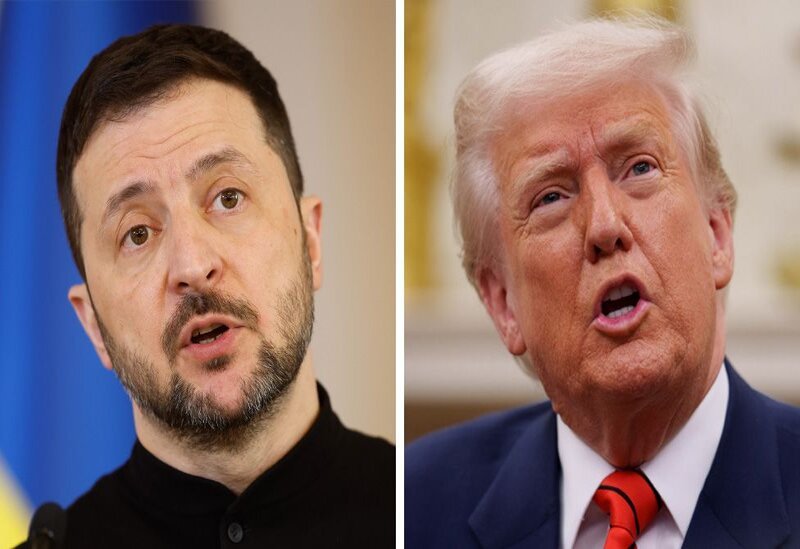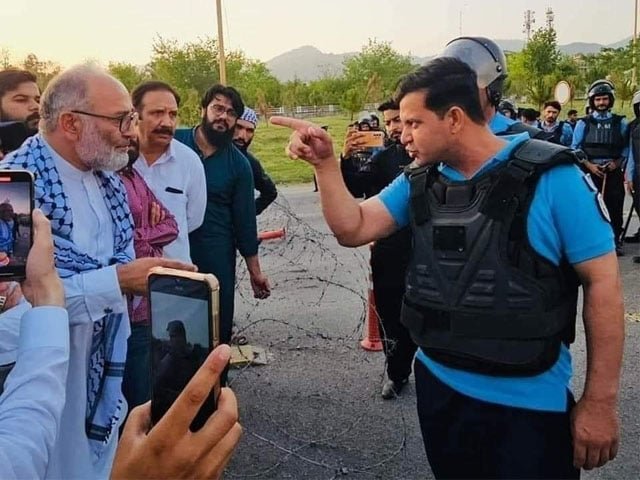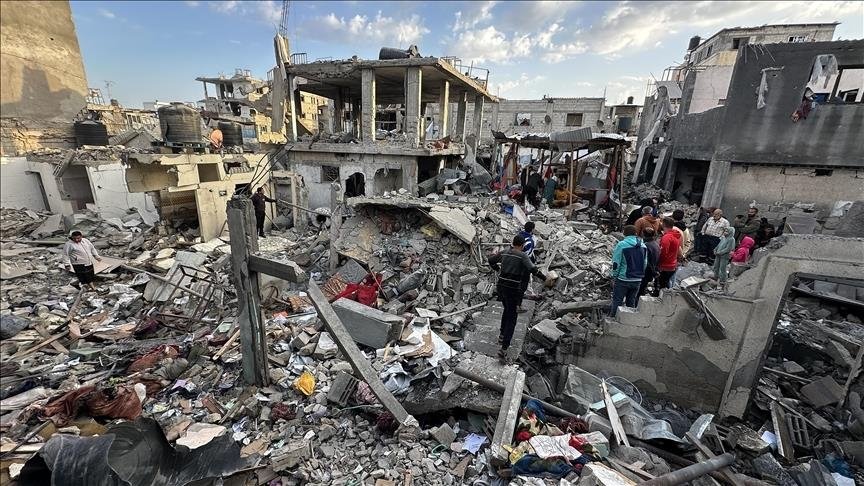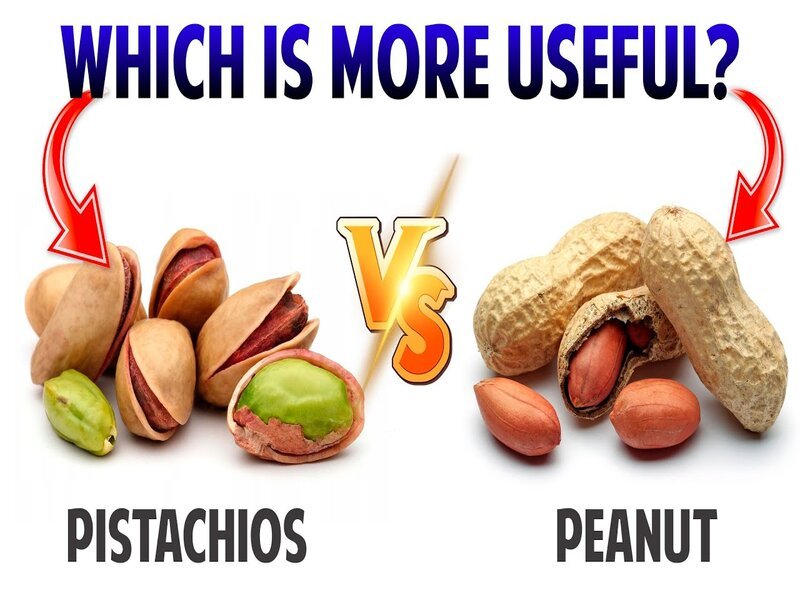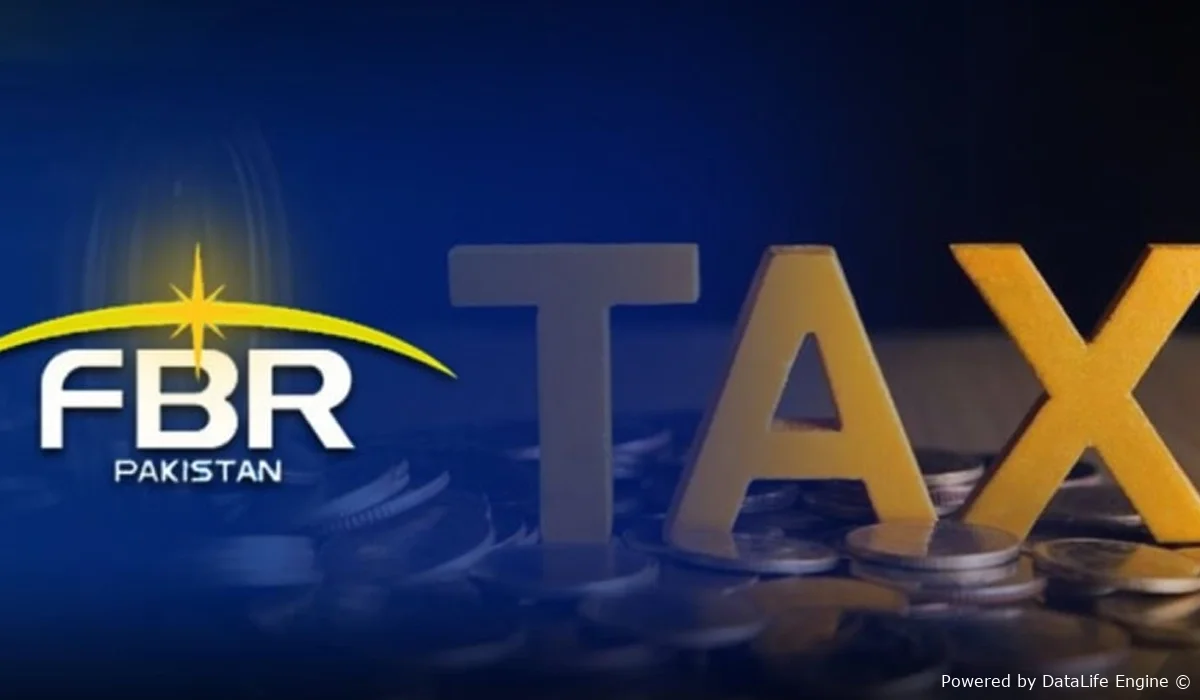Ukrainian President Volodymyr Zelensky has said he is prepared to engage with the United States on what Washington describes as its vision for ending the war with Russia. The US proposal, widely leaked to media outlets, outlines a controversial framework that includes Ukraine giving up parts of the Donetsk region that remain under its control, reducing the size of its armed forces, and pledging not to join NATO. These ideas have been repeatedly rejected by Kyiv in the past, yet Zelensky delivered a measured and cautious response rather than an outright dismissal. The White House has rejected claims that Ukraine was excluded from the early stages of drafting the peace plan, which emerged after meetings between US special envoy Steve Witkoff and Russian representative Kirill Dmitriev. Despite Washington’s insistence that both sides were consulted, many of the provisions in the plan appear to favor Moscow’s long-standing demands. The proposal comes at a moment when Ukraine is coping with battlefield pressure in the east and a domestic corruption crisis reportedly involving senior officials. In his nightly address, Zelensky confirmed that US military officials in Kyiv had presented their proposals on how to end the war, describing them as the American vision of a potential settlement. He reiterated that Ukraine has always sought a genuine peace that would prevent any future Russian invasion. Kyiv and its European partners have consistently supported a concept of a just and durable peace, one that ensures no further loss of Ukrainian territory. Russia, meanwhile, has already annexed Crimea and laid claim to four partially occupied regions since launching its full-scale invasion in 2022. European leaders have also voiced concerns, noting that they were not involved in discussions around the US-Russia draft. Germany’s foreign minister described the document as an early list of options rather than a complete plan, echoing the caution expressed by US Secretary of State Marco Rubio. The proposal reportedly limits Ukraine’s army to 600,000 personnel and envisions European fighter jets stationed in Poland rather than on Ukrainian soil. It includes vague assurances of security guarantees for Kyiv, while speculating that Russia would refrain from attacking its neighbors and that NATO would halt further expansion. A particularly contentious element is the suggestion that Russia could be reintegrated into the global economy through lifted sanctions and even invited back into the G7, effectively re-establishing the group as the G8. According to US officials, the draft was prepared after consultations with one of Zelensky’s top aides, Rustem Umerov, who allegedly agreed to most of the terms after making some modifications. However, Ukrainian lawmakers have said they were not involved in the initial stages and were only consulted later. Zelensky’s office later issued a diplomatic statement saying the US assessment was that the plan might help restart diplomatic efforts. This comes at a time when President Trump has prioritized securing a peace deal and shifted the burden of Ukrainian military aid onto NATO allies. Trump’s earlier direct meeting with Vladimir Putin in Alaska ended without progress, and subsequent frustration led to new US sanctions on major Russian energy companies. Despite the sensitivity of the proposals, Zelensky has avoided criticizing the US approach. He emphasized his appreciation for American efforts but insisted that Ukraine deserves a peace that respects the country’s dignity and sacrifices. He is expected to speak directly with Trump about the plan in the coming days. His remarks followed a meeting in Kyiv with senior US military leaders, including Secretary of the Army Dan Driscoll and top commanders overseeing US operations in Europe. The European Union’s foreign policy chief said she had no knowledge of European involvement in shaping the proposal and stressed that any workable peace agreement must include both Ukrainians and Europeans at the table. With the US reducing its direct military support, Europe has borne much of the responsibility for sustaining Ukraine’s defense, with countries like the UK and France offering to contribute forces to enforce any future peace agreement. Russia has downplayed the importance of the 28-point draft plan. Kremlin spokesman Dmitry Peskov confirmed limited contacts with the United States but denied the existence of any formal consultations. He reiterated that any real peace deal must address Moscow’s interpretation of the root causes of the conflict, which Kyiv and its allies view as a series of unacceptable demands that amount to capitulation. As the conflict approaches its fourth year, Ukraine and Russia remain far apart on the question of how to end the war. Ukraine continues to hit Russian military and energy infrastructure with long-range drones, while Russian attacks on Ukrainian cities persist with devastating consequences. A recent Russian strike on Zaporizhzhia killed at least five people, and another deadly attack earlier in the week in Ternopil left more than two dozen civilians dead, with many still missing in the rubble. Meanwhile, Russia reported shooting down dozens of Ukrainian drones across multiple regions. The continuing escalation underscores the difficulty of reaching a negotiated settlement when both sides are convinced that compromise could threaten their long-term security and political standing. The US proposal, while positioned as a fresh diplomatic initiative, has already raised questions in Kyiv and across Europe about whether it can realistically deliver a stable and just peace for Ukraine.
